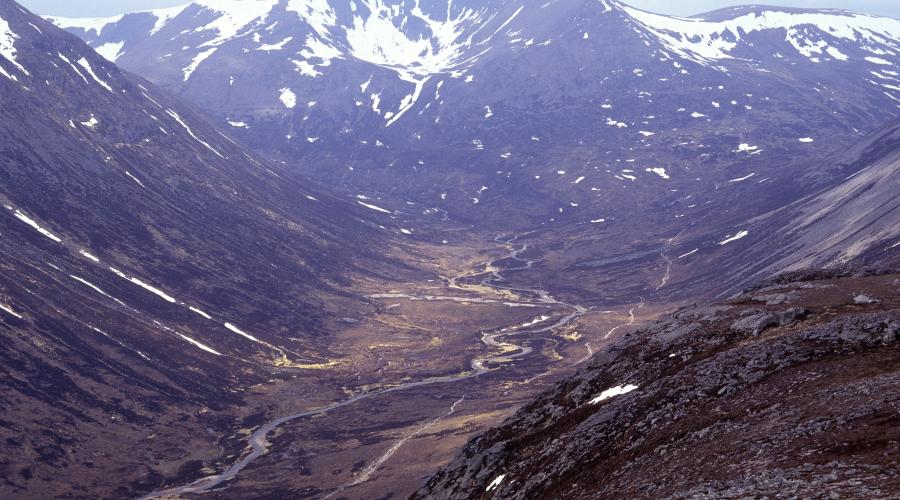
Rights of way
The public has a right of passage along common law ‘rights of way’, often marked by green and white metal signs.
Scotland has about 7,000 recorded rights of way, some of which are ancient paths with an interesting history to uncover. There are probably many more rights of way that go unrecorded.
Some rights of way such as the Lairig Ghru, a high-level drovers’ road through the Cairngorms, are long routes in remote countryside. But many are very short and found in urban settings.
The Scottish Rights of Way and Access Society (ScotWays) installs the signs to mark rights of way. Visit the ScotWays website to find out more, including why rights of way are still useful even with statutory access rights now in place in Scotland.
Heritage paths
Many old rights of way were traditionally used for trading, smuggling, pilgrimage and military purposes. ScotWays has unearthed details of many such routes with the help of the public. You can follow in the footsteps of our ancestors on these ancient highways, or heritage paths, which carry the usual ScotWays signs.
To find a route, search the Heritage Paths website by path type or geographical area. ScotWays is keen to hear from anyone who knows more about any of the routes.




